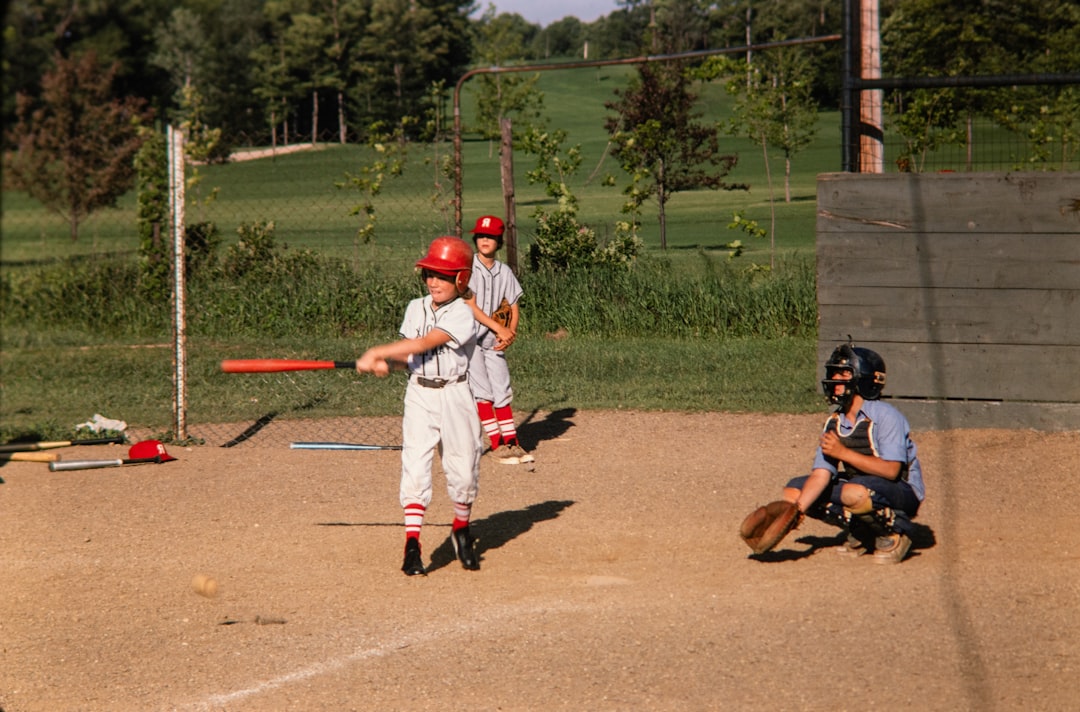Daily fantasy sports and prop betting have become data-driven endeavors, where savvy bettors seek an edge through analytics. One promising area of focus is predicting home run (HR) outcomes using advanced metrics. From hard-hit rates to launch angles and platoon splits, bettors are digging deeper to uncover value in HR props. Understanding how these variables work can significantly improve the odds of picking the next slugger to go yard.
Hard-Hit Rate: A Foundational Metric
The hard-hit rate is one of the most reliable predictors of power performance in Major League Baseball. This stat tracks how often a batter makes contact with the ball at an exit velocity of 95 mph or higher. The more frequent these occurrences, the better the chance the ball travels over the fence.
Elite HR hitters often post hard-hit rates over 45%, while average major leaguers tend to hover closer to 35%. Bettors who model this metric against league averages can identify players whose extra-base hit potential is flying under the radar.
- Example: If a player with a low HR count is ranking in the top 20% in hard-hit rates, they may be due for regression toward the mean — and more HRs.
- Consider recent trends: A jump in hard-hit percentage over a rolling 15-game average may suggest that the hitter is barreling up pitches more consistently than before.
Keep in mind that hard-hit rates need context. Ground balls hit hard don’t typically translate into HRs, so combining this stat with others—like launch angle—is the next logical step.
Launch Angle: Creating the Ideal Trajectory
Hard contact is a good start, but the ball also needs the right trajectory to become a HR. That’s where launch angle matters—a measure of the vertical angle at which the ball leaves the bat.
While a 0-degree launch angle results in a sharp grounder, a 25–30 degree angle with solid exit velocity creates optimal conditions for a HR. Therefore, a batter with a 50% hard-hit rate but an average launch angle below 10 degrees might still underperform in over-the-fence outcomes.

Advanced models now focus on the combination of exit velocity + launch angle, often referred to as “barrels.” A barrel-qualified hit has a higher probability of ending up as a HR. Players with a high barrel rate consistently square up the ball and loft it with power — a dream combo for HR prop bettors.
- Look for rises in barrel rate over short spans: Hot streaks often begin with mechanical fixes that adjust swing angles or timing.
- Compare against pitcher tendencies: Some pitchers give up more fly balls based on pitch location and spin. When a high-barrel hitter faces a fly-ball-prone pitcher, the result can be explosive.
This not only indicates who is seeing the ball well but also who is making the right kind of contact to clear the fence consistently, which greatly enhances predictive modeling accuracy.
Platoon Splits: Exploiting Matchups
Beyond swing mechanics and contact quality, platoon splits add a valuable layer of strategy. These stats compare how a batter performs against left-handed pitchers vs. right-handed pitchers. Most hitters have a natural side they dominate. For example, a right-handed power hitter might hit significantly better against left-handed pitchers, resulting in a higher HR/AB rate when matched up accordingly.

Platoon advantages also extend to isolated power (ISO), slugging percentages, and home run per fly ball ratios. A sharp bettor filters daily matchups through platoon splits to identify bargain players with favorable conditions.
- Stat to watch: HR per plate appearance against each pitcher type, over at least a 100 PA sample size for stability.
- Ballpark factors: A hitter with a strong split advantage playing in a hitter-friendly park (e.g., Coors Field or Yankee Stadium) significantly boosts HR probability.
While many bettors look at overall HR totals to assess a player, dissecting how they gather those totals, especially in favorable situations, creates sharper forecasting models.
Combining the Trio for Maximum Betting Impact
Individually, hard-hit rate, launch angle, and platoon splits are powerful tools. But to truly strike gold with HR props, they must be combined. A batter who:
- Ranks top 10% in hard-hit rate,
- Has a high and consistent barrel rate,
- Is facing a pitcher they match up well against via platoon splits,
…is a strong candidate for an HR bet.
Top-tier DFS and sports betting analysts are increasingly modeling these variables together using machine learning and regression techniques. By projecting HR odds daily with weighted inputs, such models can highlight value where traditional stats fall short.
Moreover, overlaying trends—such as weather wind direction, air density, and ballpark factors—can refine the model even further. But it all begins with the power trio of hard-hit rates, launch angles, and platoon splits.
Situational Trends and Monitoring
Context matters. Besides basic matchup data, bettors should pay attention to:
- Rest days: Fresh players returning from rest can show upticks in power numbers.
- Pitcher fatigue: Starters going on short rest or with recent high pitch counts might be more prone to mistakes over the plate.
- Weather and venue: Wind speeds, air pressure, and humidity levels can affect ball carry.
Incorporating these fleeting conditions gives dynamic value to more stable metrics. The ability to synthesize real-time game factors with underlying player metrics creates a smart betting environment.
Conclusion: Model-Based Betting Is the Future
Gone are the days when betting on a home run came down to guesswork. In today’s data-rich landscape, the sharpest bettors integrate hard-hit rates, launch angles, and platoon splits into a predictive framework. With the help of modeling software and actionable insights from daily splits, HR betting has become a highly skilled niche that rewards calculated risk-takers.
By staying ahead of trends, embracing variability, and testing predictive models using these key indicators, sports bettors can enhance their ROI and uncover hidden gems others may overlook. Tomorrow’s winners are in today’s data — it’s up to you to find them.
FAQs
- Q: What is a hard-hit ball in baseball?
A: A hard-hit ball is one with an exit velocity of at least 95 mph, which increases the likelihood of extra-base hits and home runs. - Q: Why is launch angle important for home runs?
A: Launch angle measures the trajectory of a batted ball. Combining the right angle (typically 25°–30°) with power leads to more home runs. - Q: What are platoon splits and how do they affect betting?
A: Platoon splits refer to a batter’s statistical performance against left-handed vs. right-handed pitchers. Players often have a clear advantage that can inform HR prop picks. - Q: Can I use these metrics for DFS and prop betting?
A: Absolutely. Hard-hit rate, launch angle, and platoon splits are central to advanced modeling and DFS contest success, especially for HR bets. - Q: Where can I find these stats?
A: Websites like Statcast (via Baseball Savant), Fangraphs, and Baseball Prospectus offer in-depth stats on launch angle, barrels, and platoon splits.



